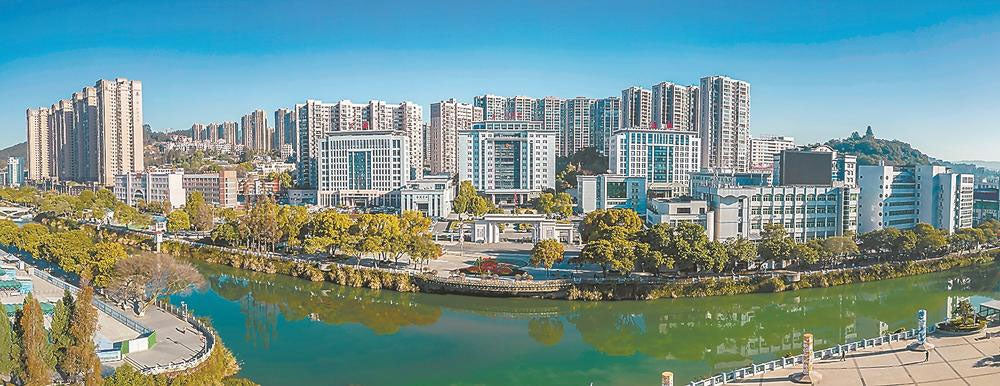
About Dehua
Dehua: The Cradle of Blanc De Chine
Dehua, a county in Fujian Province, China, covering 2,232 square kilometers with a population of 300,000, is renowned for its rich kaolin resources and ceramic products, particularly crafts and dinnerware. Known in the West as Blanc De Chine, Dehua porcelain has been produced since the Ming dynasty (1368-1644). This porcelain, characterized by its warm white or pale ivory color, results from its low iron oxide content, which allows it to be fired in an oxidizing atmosphere. This distinct color differentiates it from Jingdezhen porcelain, which has higher iron content and requires a reducing atmosphere to avoid an unpleasant straw color.
In the early 18th century, large quantities of Dehua porcelain arrived in Europe as Chinese export porcelain and were subsequently copied in places like Meissen. Dehua porcelain was also heavily exported to Japan. From the Ming period onwards, Dehua porcelain pieces achieved a fusion of glaze and body, traditionally referred to as "Ivory white" and "milk white." Notable artists of Blanc De Chine, such as He Chaozong from the late Ming period, often signed their creations, which include figurines, cups, bowls, and joss stick holders.
The craftsmanship and cultural heritage of Dehua porcelain are deeply rooted in its unique production process. The preparation involves removing fats and sugars from the bamboo, drying it, and ensuring it doesn't crack, all without the use of chemicals. This meticulous process, combined with the skill of experienced craftsmen, results in the high-quality porcelain that Dehua is famous for.
Bamboo, historically significant in Chinese culture, symbolizes noble qualities such as humility, resilience, and integrity. This cultural reverence for bamboo is reflected in poetry and literature. Artists like He Chaozong, who signed their works, embody these values in their creations, making Dehua porcelain not only functional but also artistically and culturally significant.
Today, Dehua continues to produce high-quality porcelain, maintaining its legacy as the source of Blanc De Chine. The region's rich kaolin resources and traditional techniques contribute to its ongoing reputation in the world of ceramics, ensuring that Dehua porcelain remains a treasured art form both in China and internationally.
Explore More
-
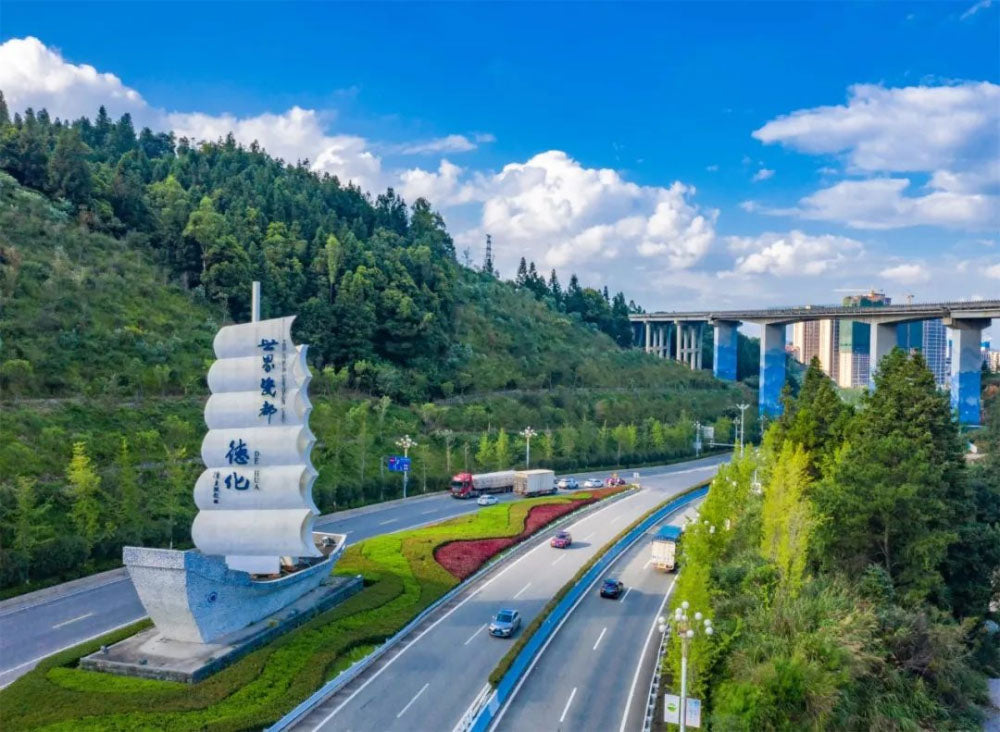
Dehua, China
Learn MoreDehua, a Fujian county, is famed for Blanc De Chine porcelain. Its history spans from the Ming dynasty to exports to Europe and Japan. Notable artist: He Chaozong.
-
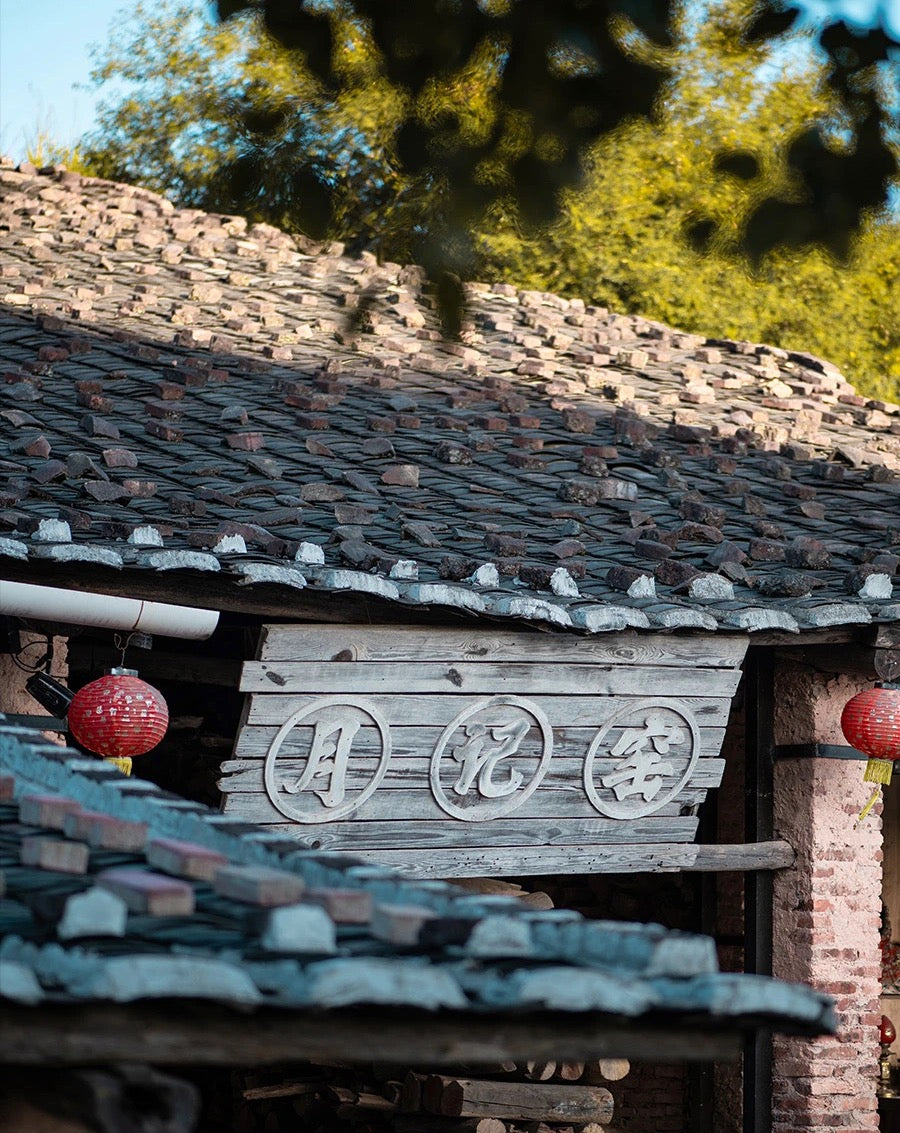
Yueji Kilns
Learn MoreYueji Kiln in Dehua, Fujian, blends traditional wood-firing techniques with modern design, producing exquisite ceramics. Artisans uphold a legacy vital to China's ceramic history.
-
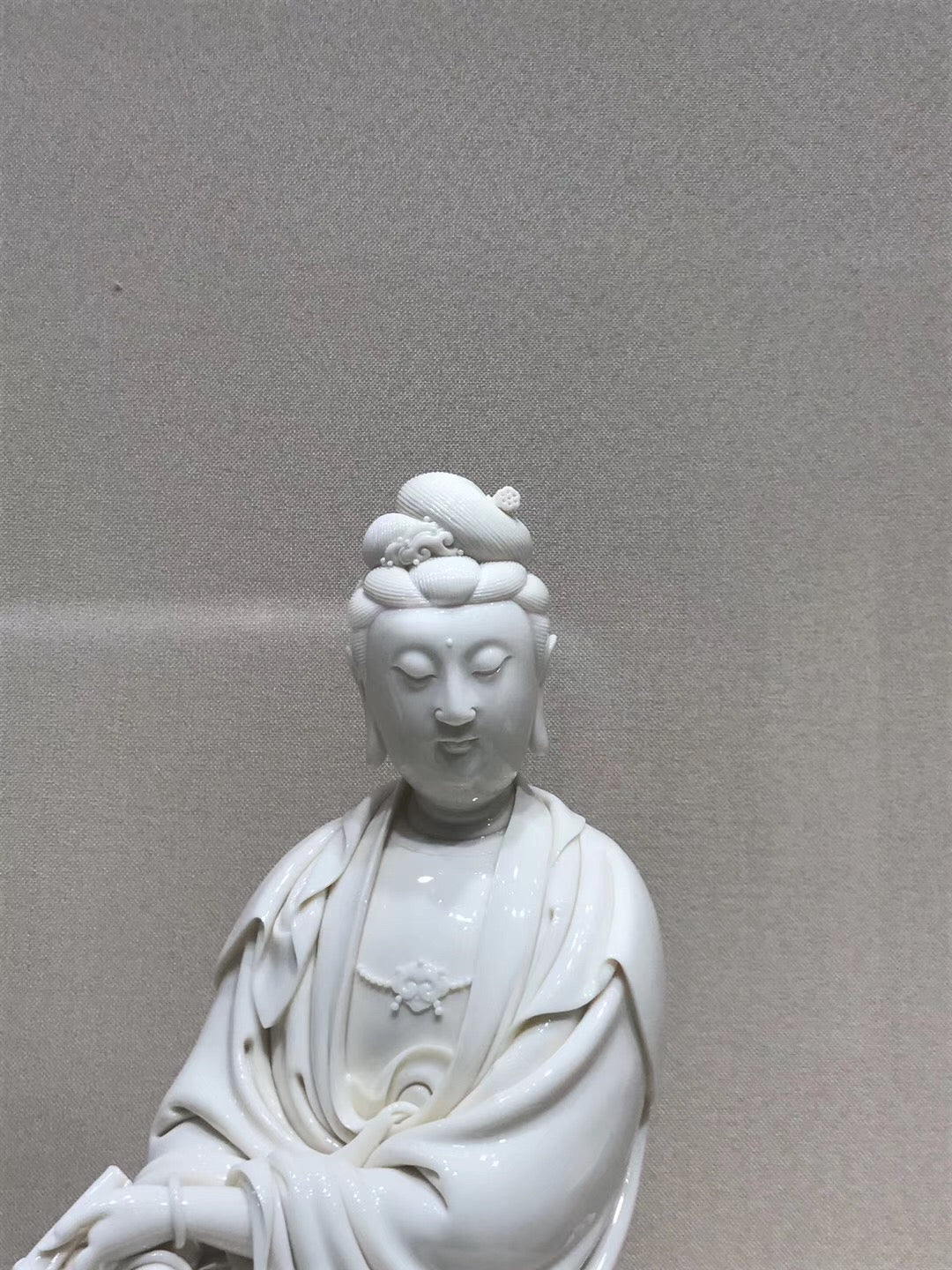
He Chaozong
Learn MoreHe Chaozong, a late Ming Dynasty artist, is renowned for his detailed porcelain sculptures, especially Guanyin figures, often bearing his distinctive seal.
-
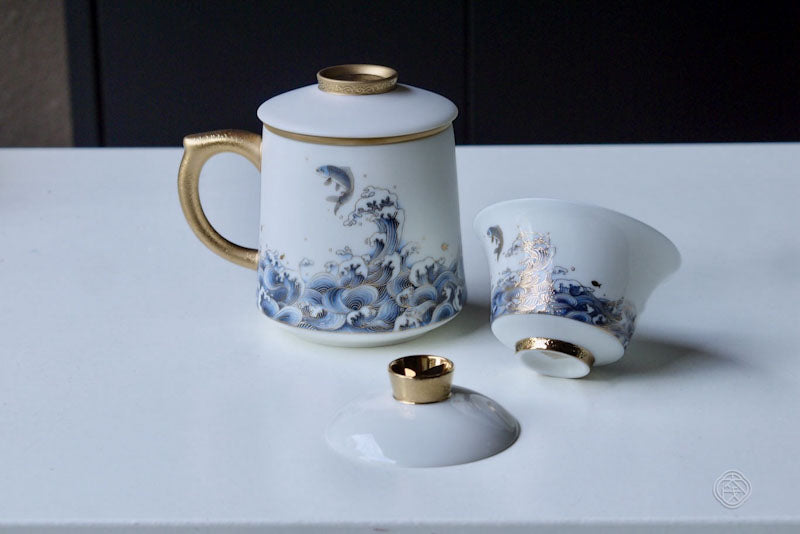
Blanc De Chine
Learn MoreDehua porcelain, or Blanc de Chine, captivated European collectors since the 17th century with its exquisite craftsmanship and cultural allure via maritime trade routes from China.




